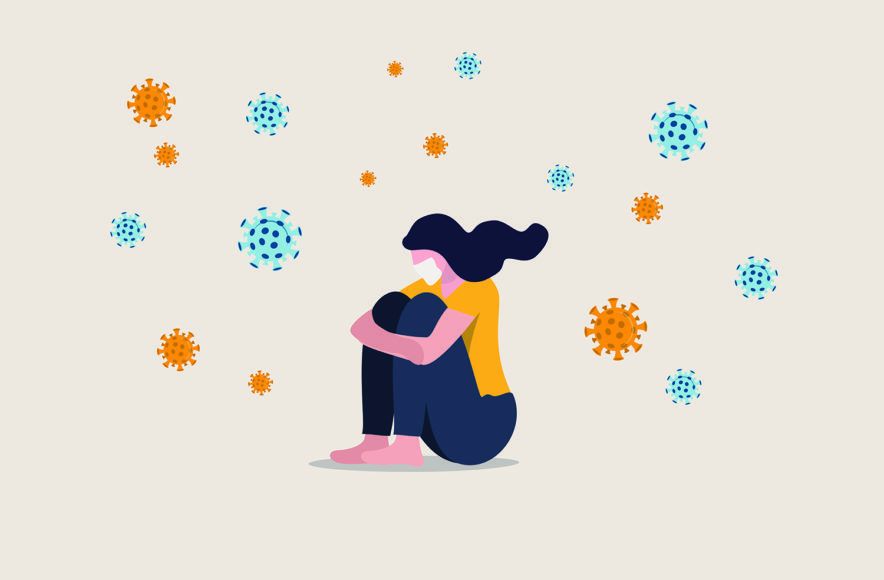Disabled people more lonely and anxious than others before Coronavirus pandemic – and even more so during lockdown

Three months after lockdown and for many, life is slowly becoming more recognisable. Shops are opening their doors, friends and families are reuniting and more people are returning to work.
The pandemic has given us a glimpse of how lonely life can be when the people, places and things we love get taken away. But what if your life before Covid-19 wasn’t really that different?
Sadly, for thousands of disabled people, loneliness was already an issue. And lockdown has only made things worse.
The results of the first research into the effects of Covid-19 on disabled people have now been released, and they paint a concerning picture of what it’s like to be living with a disability in these unpredictable and social-distanced times.
Disabled people more likely to be suffering with increased anxiety and loneliness
According to the ONS, almost 49% of disabled people have felt lonely in the last week – that’s almost 20% more than their non-disabled neighbours.
Disabled people are experiencing disproportionate levels of anxiety and are more fearful of leaving their homes while coronavirus still lurks outside:
- Around 41% of disabled people are feeling anxious compared to around 29% in the general population
- One in ten disabled people are scared to go outside compared to one in 25 non-disabled people
There are many reasons for these stark statistics. Complex health conditions will have made shielding more common in the disabled community.
The social connections, activities and family ties they usually rely on to maintain their physical and mental wellbeing may have been severed altogether or reduced to less frequent, more inaccessible online interactions.
The widespread closure of community amenities like pools, gyms, day services and community centres will also have hit disabled people hard. So too the reduction of public transport, without which, many will have become effectively stranded in their homes.
- 40.6% of disabled people are worried about accessing treatments for non-coronavirus healthcare needs
- and almost 45% fear being unable to access medical supplies or grocery necessities.
With so many things to worry about, it’s no surprise that 41.6% of disabled people are scoring higher than non-disabled people (29.2%) on the anxiety index.
- Read the full report from the Office of National Statistics:
Coronavirus and the social impacts on disabled people in Great Britain: May 2020
Find out more
A new stop-motion animation created by people with learning disabilities and their support workers in Devon is hoping to raise awareness of loneliness and isolation this summer.
Read more and watch the loneliness animation video: Zack’s Story